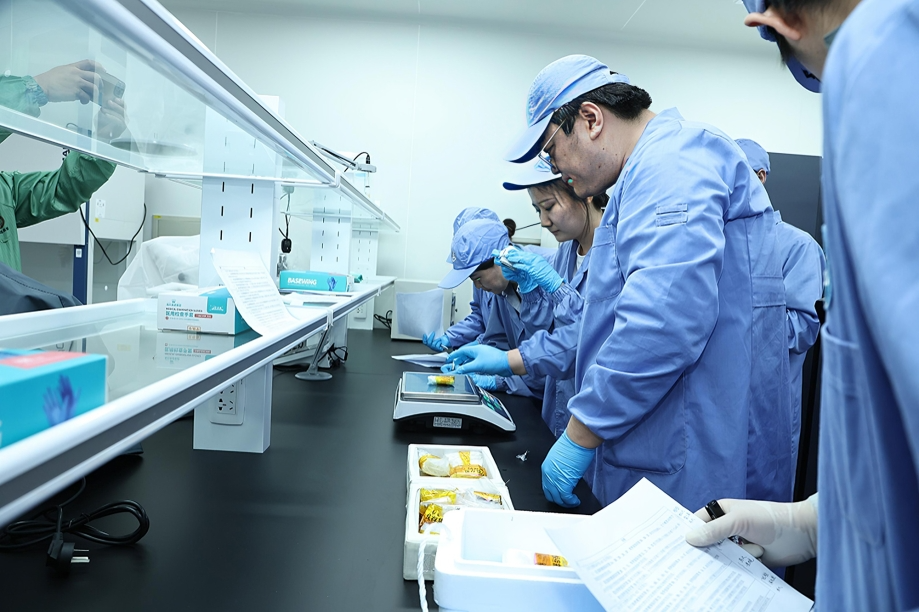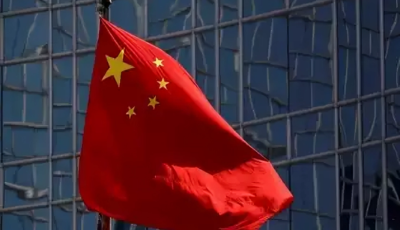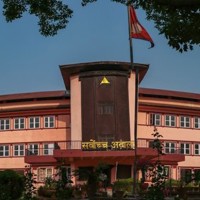China Unveils Biggest Haul of Life Science Samples from Tiangong

China has successfully returned the latest batch of scientific experiment samples from its Tiangong space station, with approximately 37.25 kilograms of materials brought back to Earth on Wednesday aboard the Shenzhou-19 return capsule.
This marks the eighth return of experimental materials from the orbiting laboratory. According to a statement released Thursday by the Chinese Academy of Sciences (CAS), the samples span a broad range of research fields, including space life sciences, materials science, and emerging space technologies.
Time-sensitive biological samples were immediately transported from the landing site to Beijing. At around 9:40 p.m. on Wednesday, following an inspection by the Technology and Engineering Center for Space Utilization under CAS, the samples were officially handed over to scientists for further analysis.
The biological materials comprise 20 different types — the most diverse set of life science samples ever retrieved during the operational phase of the space station. These include bone cells, human stem cells, bronchial epithelial cells, human and animal embryos, protein samples, and fruit flies.
Researchers aim to investigate several fundamental questions using these specimens. Key areas of focus include understanding the cellular mechanisms behind bone loss in microgravity, assessing how spaceflight affects human stem cell behavior, and exploring the role of cosmic radiation in cancer development.
Additional studies will examine the impact of space conditions on early mammalian embryonic development and how microgravity influences protein structure and function. Experiments involving fruit flies will further investigate their biological adaptation to the unique environment of space.
The findings are expected to yield vital insights for protecting astronaut health during long-duration missions and may also contribute to medical research on Earth.
Samples related to materials science — such as tungsten alloys, high-strength steel, specialized crystals, semiconductor materials, lunar soil reinforcement compounds, and novel lubricants — will be delivered to Beijing at a later date.
According to CAS, this research supports the development of next-generation materials for high-performance applications. These include components for jet engines, deep-ultraviolet lithography systems, lunar construction, large deployable structures such as flexible solar arrays, and space-grade lubricants — all essential for the future of deep-space exploration.















तपाईको प्रतिक्रिया दिनुहोस